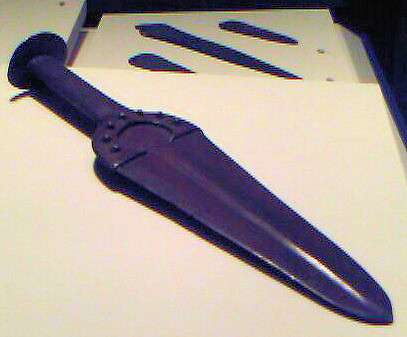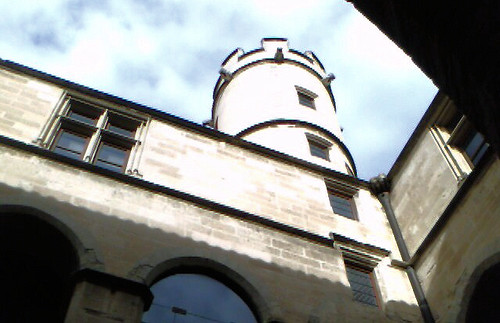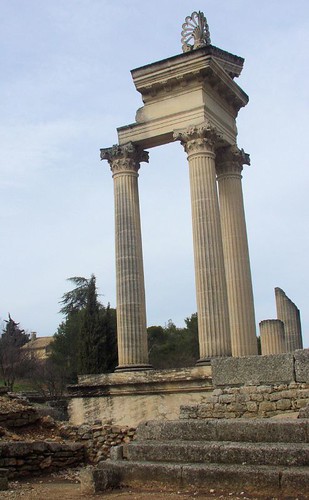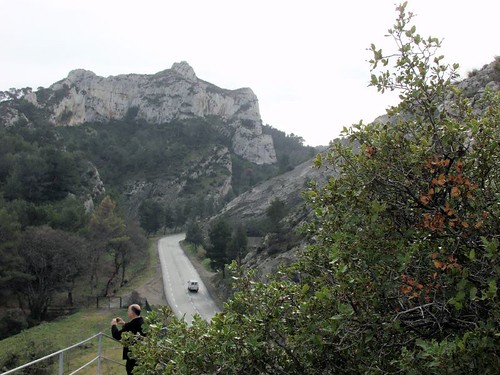One day in Avignon and a feast of art…
First up is the Petite Palace, which faces down on to the square in front of the Palais de Papes, and is a very model of Renassaince lightness and balance after its weight.
What it houses, however, is what has to be described as a rather specialist collection of pre-Renaissance (mostly religious) art. There are really only so many broadly Byzantine-style Madonnas with gold backgrounds you can look at before you start to glaze over. (It was not entirely surprising that staff outnumbered visitors about three-one.)
The room I found by far the most interesting was the first, which out of keeping with the rest houses a disparate collection from roughly the Palais period.
It is a time of tremendously disparate influences. You go from the “Le signe des gemeaux” from near nimes, very much degraded classical marble carvings to grotesque column heads that are very “medieval”.
But the highlight is definitely the frescos from the Maison de Sorgues at Vaucluse, with naïve but delightfully lively hunting scenes and court scene. In one a greyhound-type hunting dog is straining at the leash; while another much heavier hound-type is obviously exhausted, its tongue hanging limply. There’s artistic talent there, but the trees have individual leaves on neatly spaced, splayed branches as children draw them and there is no sense of perspective.
The colours must have been spectacular; the once green hose of a page give a hint of this. But they have been faded and much-greyed by time.
Generally faces are sketched in, but again the artistry shines through in two lovers in a corner of one forest scene. They are surely about to kiss, but another young man is listening in from behind a termite mound.
Then, continuing the artistic feast, on to the Musee Calvet, which is Avignon’s primary art museum.
To start at the beginning; the prehistory section, which is recently remodelled and moodily lit (not quite to my taste), but a very fine collection, beginning with the stone stelae of which much is made of the Stele du Rocher des Doms, found at the centre of town, “proving” its ancient roots.
The commentary says these (although only 30-50cm in height) were part of the megalithic phenomenon and reflected changes in Neolithic society after about 3,500BC, when social hierarchies increasingly developed. They had three periods – an early one of just simple stones, then stones marked with chevrons and recesses. Finally you get those with stylised human faces, dating from about 2,800-2,400BC.
Then you get into the bronze age, where the collection really shines, as with this spectacular dagger.

There’s also a brilliant collection of bronze age axes that are really works of art in their own right.
read more




 About
About